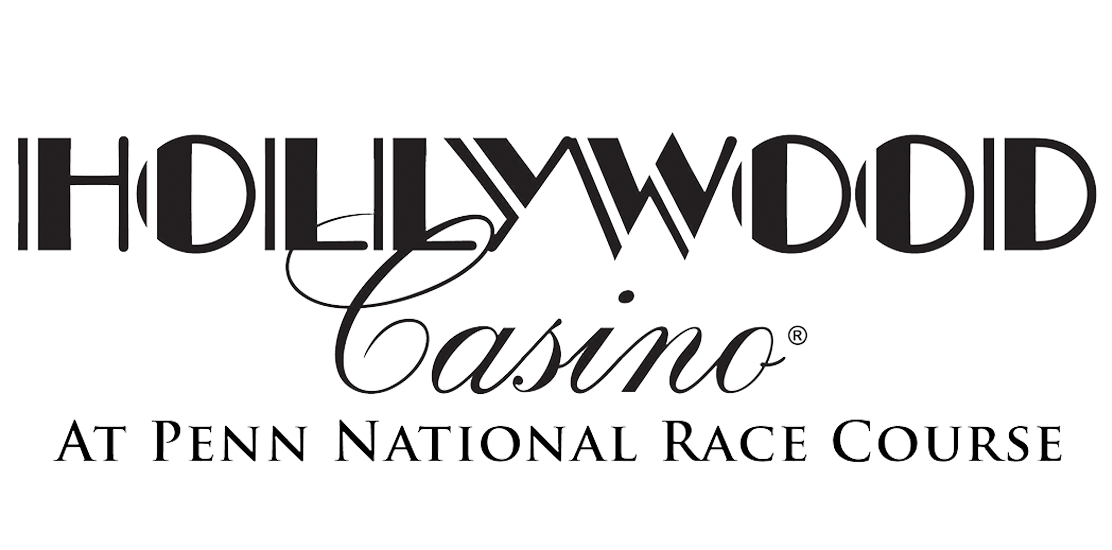George Bernard Shaw offered the pithy observation that, “England and America are two countries divided by a common language.”
The quote seems appropriate when viewed through the lens of a pilot program set up by the Organization of Racing Investigators (ORI). This week, ORI board members donned the famous finery–don’t forget the millinery either–of the Royal Meeting at Ascot, but it wasn’t all about one’s garb.
They were on hand to impart their own tradecraft to the British Horseracing Authority (BHA) and their investigators, while in turn soaking up English best practices. The BHA teaching laboratory was none other than a massive operation to protect some of the best racehorses in the world.
Starting last week in Ireland and sponsored by the likes of the Breeders’ Cup, Keeneland and several others, the exchange was a true one, where notes were compared, case studies were offered and an up-close look behind the scenes handed these members some valuable tools for their trip back home to America.
Jason Klouser, Director of Enforcement, Pennsylvania State Horse Racing Commission, led the charge, and he was joined by J.C. Jaramillo of New York; Juan C. Estrada of Arizona; Tyler Durand, Senior Manager, Equine Drug Unit under the Alcohol and Gaming Commission of Ontario; and David Duncan, Director, Operations for the Breeders’ Cup.
“It has been an honor to participate in this inaugural program, which was designed to foster collaboration between investigators on a global level,” said Duncan. “The Breeders’ Cup is thankful for partners who recognize the value in ensuring best practices are implemented around the world where safety, integrity and security in racing are concerned. Those at the forefront appreciate the opportunity for education, collaboration and innovation. We certainly look forward to future opportunities to expand our knowledge.”
During the week, John Burgess, the Head of Integrity for the British Horseracing Authority–who is also a member of ORI and was a presenter at their last conference at Parx earlier this year–laid out an ambitious itinerary for the group. Besides visiting Newmarket, the British Racing School and the National Stud on Thursday and Friday, Burgess wanted the contingent to take part in searches and carry on a running dialogue with his own investigative teams. The commonalities were evident from the start.
“Hosting our first exchange has been an undeniable success,” said Burgess. “Just because this was in our own backyard, doesn’t mean it was just a one-way street. Our BHA integrity team gained from the collaboration by listening to the perspectives of the U.S. members. This was nothing short of an opportunity to showcase how all of us do what we do because we all have the same problems, which means we can all learn from one another.”
In order to stay on top of their jobs, racing investigators thrive when they network with others who protect the horses at racetracks. The BHA has a centralized authority, which has become part of the long-established equine culture of England. Education is central to their growth and continued expansion, so they are used to collaborations like this exchange.
ORI is too, although it is based on the core principles of their membership because, unlike the BHA, they are spread across different jurisdictions.
Still, the two sides have much to learn from one another, and the exchange is a first step to widening the global view that investigators can use in their day-to-day jobs.
“Education for us is so important,” said Klouser, who pitched the idea to the board. “We want our members to have access to every avenue that is possible, so training like this will be an essential part of being a member in ORI.”
Learning about BHA regulations, seeing how their logistics operates compared to the U.S. and how ‘yards’ function when it comes to training as opposed to on an American racetrack were just part of the larger takeaway from a very successful first exchange.
ORI’s international flag of integrity will stay planted and now the common language of investigation is even less divided.
Cover Photo Credit to TDN
Original source credited to thoroughbreddailynews.com












